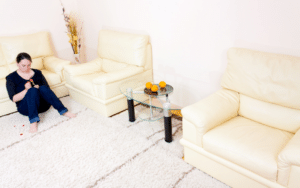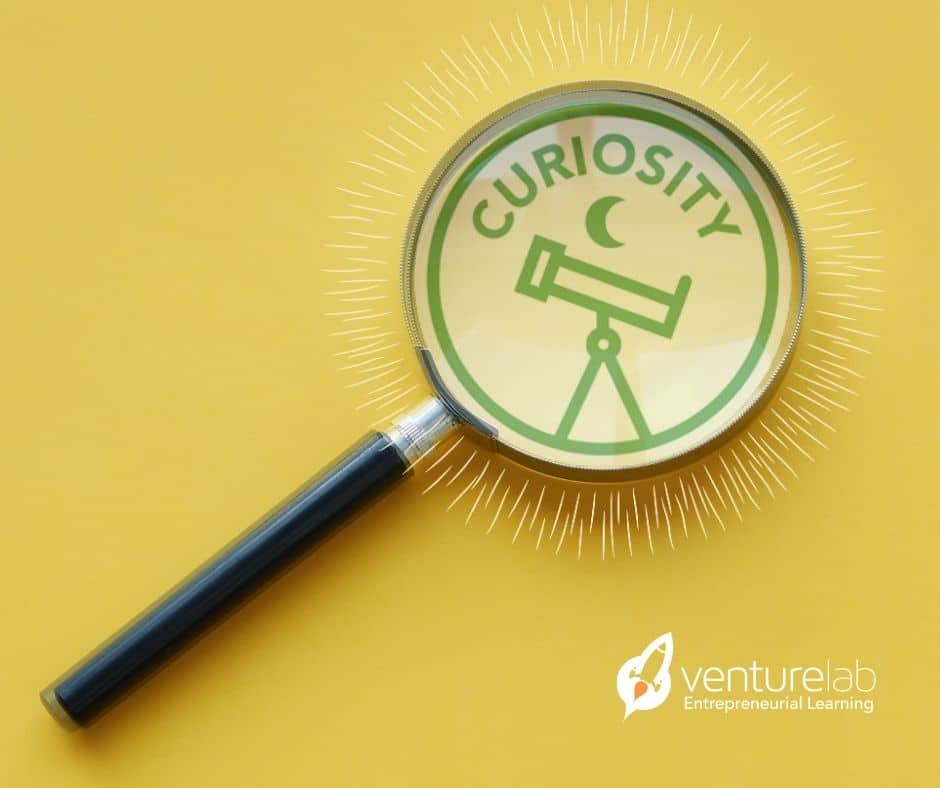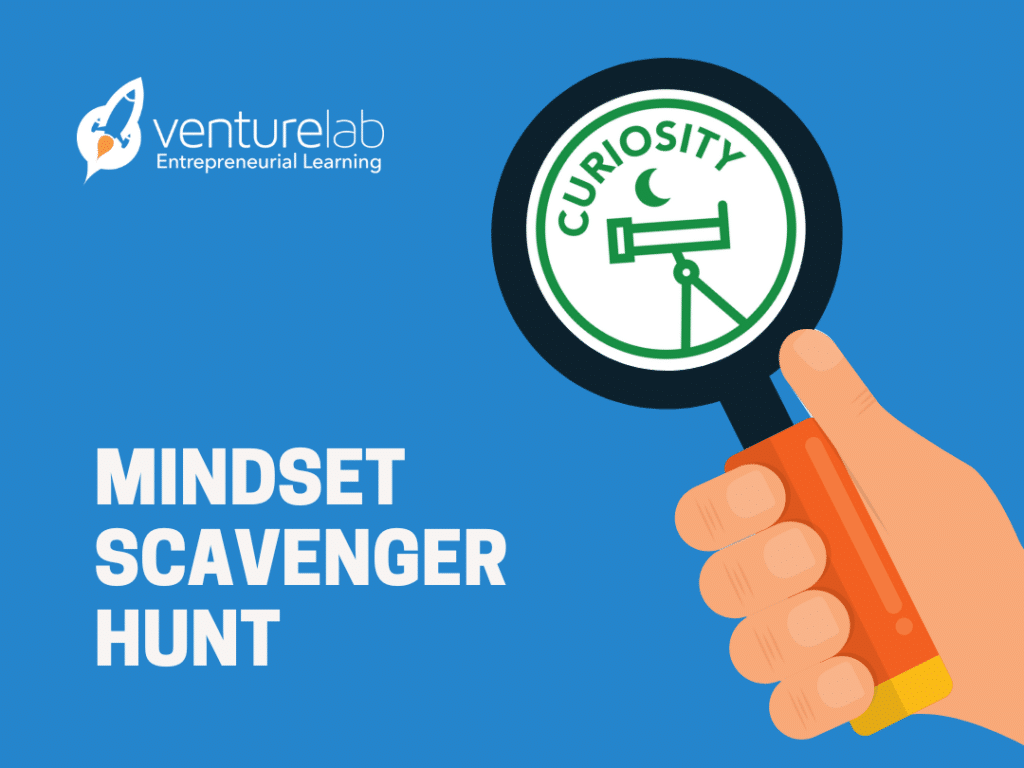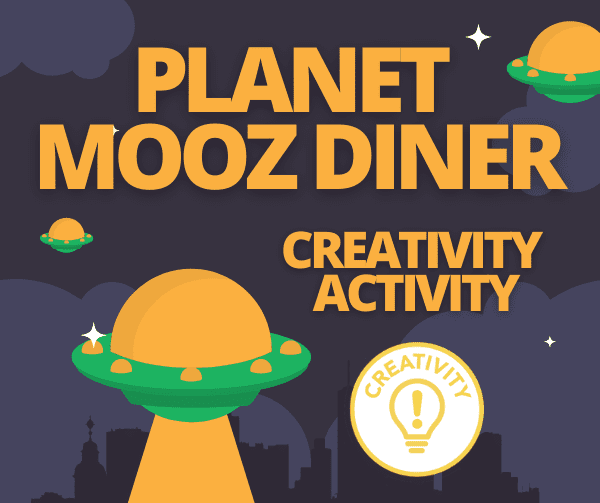One of the most vital instincts in every human being is curiosity—the desire to learn more about our surroundings and to understand the world we live in.
In school, asking questions is a part of core academic classes such as reading, math, science, and history. State and national learning standards expect students to make careful observations, generate questions, and then explore ways to answer those questions.
At work, curiosity can lead to reimagining new ways of delivering a service, innovating a business model, or making a team more productive. Curiosity applied to entrepreneurial learning leads youth to wonder how they can help others by creating a product, service, or app.
For example, 6 year old Kennedy started with a question that led to the creation of her business that offers custom belts and belt building kits:
Following our curiosity nurtures crucial underlying strengths like resilience, adaptation, and problem-solving. So, how do we increase the entrepreneurial mindset of curiosity? Use an exercise like:
I Notice, I Wonder
Use images or go on a walk outside to play “I Notice, I Wonder.” This simple exercise can inspire youth (and you!) to look at the world with new eyes.
Use this image as an example:

Part 1: I Notice
First, observe what is.
Select an object in an image or the environment around you and make simple observations as if you’re seeing it for the very first time. Make simple statements about its physical characteristics (color, size, shape), it’s location in relation to other objects and explore if possible it’s texture, smell, and what noises it makes when you interact with it.
- I notice the carpet. It’s in pieces. It is white and fluffy. It doesn’t touch the wall.
- I notice someone sitting on the floor. She is wearing jeans and no shoes. Her hair is pulled back. She is holding a flower in her hand. There are flower petals beside her.
Part 2: I Wonder
Then, wonder what could be.
Ask as many questions as you can think of. Start with the questions to which you already know the answers: What is this? What is it used for? Why was it made?
- I wonder: why aren’t the pieces connected? Why choose white and not a dark color to hide stains? How is carpet made? How does carpet stick to the floor? Why isn’t there carpet for walls? What if the carpet was scented?
- I wonder why she’s sitting on the floor and not the furniture? Where did she get the flower? Why is she pulling off the petals? How long has she been sitting there? What is she thinking about? Why is she wearing jeans and is barefoot?
Then, ask question to which you may not know the answers: Who made this specific thing? Whose ideas was it in the first place? Why is it shaped like this? Why is it located right here? How much did it cost to make?
Allow yourself the freedom to ask “Why” and “Why not?” If you can find the answer, that’s curiosity. If you can’t find the answer, that’s curiosity too! In curiosity, the exercise is all about asking the question.
Looking for more ways to inspire curious thinking? Check out our free curiosity activities:






1 thought on “Mindset of the Month: Curiosity”
Comments are closed.